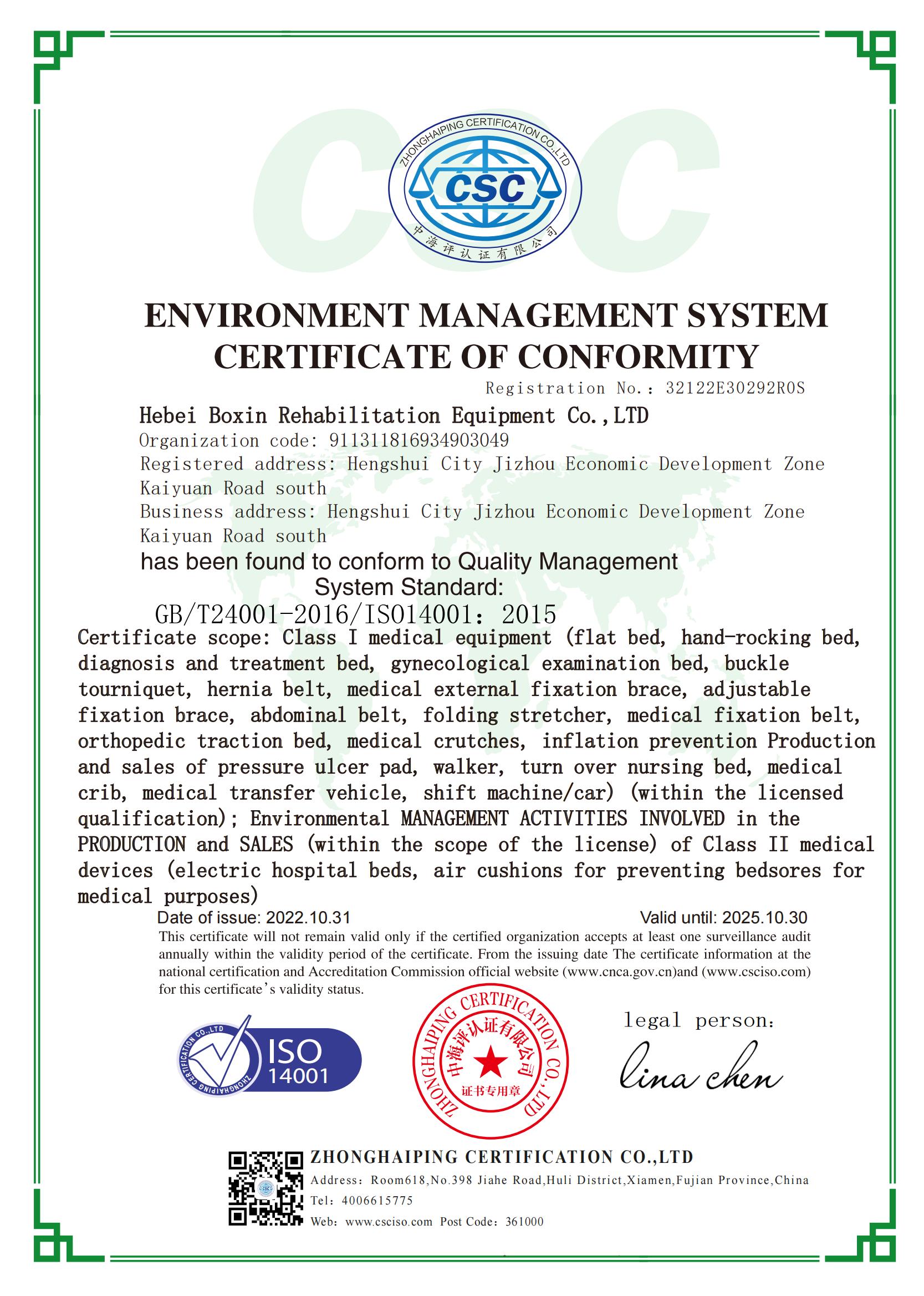Welcome to our websites!
Designing Comfortable and Functional Chairs for Patient Waiting Areas
The Unsung Importance of Patient Waiting Room Chairs
In the healthcare system, the patient waiting room serves as a crucial transitional space, where patients prepare themselves mentally and physically for their appointments. An often-overlooked aspect of these waiting rooms is the seating, specifically the patient waiting room chairs. These chairs play a significant role in the overall patient experience, impacting not only comfort but also health, ambiance, and organizational efficiency.
Comfort Matters
First and foremost, the comfort of patient waiting room chairs cannot be overstated. Patients may have to wait anywhere from a few minutes to several hours before being seen by a healthcare provider. During this time, they are often under stress due to health concerns, which can be exacerbated by uncomfortable seating. Ergonomic chairs designed to support proper posture can make a significant difference in how patients feel while waiting. Those with back issues or other physical limitations need chairs that accommodate their needs. Choosing materials that are both soft and durable will ensure that patients feel relaxed rather than fidgety, promoting a calm atmosphere.
Health Considerations
Patient waiting room chairs should also consider health implications. Infection control is a paramount concern in healthcare settings, making it essential for the materials used in chairs to be easy to clean and resistant to bacteria. Vinyl and other non-porous, wipeable materials are preferred over upholstery that can harbor germs. Furthermore, the design should take into account space between chairs to allow for social distancing, especially in the wake of global health challenges such as the COVID-19 pandemic. The ability to maintain a safe distance can minimize anxiety among patients, as it offers a degree of reassurance regarding their health while waiting.
The Role of Aesthetics
The aesthetics of waiting room chairs also play an essential role in creating an inviting atmosphere. The color and style of the chairs can significantly affect the overall ambiance of the waiting room. Soft, neutral colors can evoke feelings of calmness, while more vibrant hues may energize the space. Chairs can also reflect the identity and values of the healthcare institution; for instance, modern and sleek designs may suggest technological forward-thinking, while classic styles can convey comfort and tradition. Thoughtful design decisions can subtly communicate care and compassion, helping to build trust between patients and healthcare providers even before a consultation takes place.
patient waiting room chairs

Functional Aspects
Beyond comfort and aesthetics, functionality is also vital when selecting patient waiting room chairs. They should be easy to move for cleaning or reconfiguration, especially in facilities that accommodate varying patient loads. For larger medical facilities, modular seating can be advantageous, allowing for adaptability based on the number of patients that may be waiting at any given time. Additionally, incorporating features such as armrests or side tables can enhance functionality. Some chairs even come with integrated charging stations, catering to patients who rely on their devices while they wait.
Incorporating Technology
As healthcare continues to evolve, the integration of technology into waiting room areas becomes essential. Smart chairs that can gather patient feedback or check-in data can streamline processes and improve the patient experience. Furthermore, integrating virtual queuing systems can minimize the need for prolonged waiting periods in the first place, allowing patients to stay comfortable without the stress of crowding.
Creating a Holistic Experience
Finally, patient waiting room chairs contribute significantly to the overall patient experience in healthcare. When patients feel comfortable, respected, and cared for while waiting, it sets a positive tone for their appointment. This attention to detail can improve patient satisfaction, which is beneficial not only for patients but also for healthcare providers in fostering loyalty and trust.
In conclusion, while patient waiting room chairs may seem like a minor detail in the grand scheme of healthcare design, they serve multiple essential functions that significantly affect patient experience. From enhancing comfort and ensuring cleanliness to promoting a welcoming atmosphere and incorporating modern functional needs, the importance of these chairs cannot be dismissed. As the healthcare landscape continues to evolve, so too must our approach to creating patient-centered spaces that prioritize comfort, health, and dignity. Investing time and resources into selecting the right chairs reflects a commitment to providing an exceptional care experience for all patients.
-
Transforming Healthcare with Hospital FurnitureNewsJun.24,2025
-
Rehabilitation EquipmentNewsJun.24,2025
-
Mobility and Independence with WheelchairsNewsJun.24,2025
-
Freedom of Mobility with Our Rollator WalkersNewsJun.24,2025
-
Comfort and Independence with Commode ChairsNewsJun.24,2025
-
Bathing Safety and Independence with Shower ChairsNewsJun.24,2025
-
Navigating the Wholesale Landscape of Electric Mobility Solutions: Key Considerations for Power Wheelchair DealersNewsJun.10,2025











